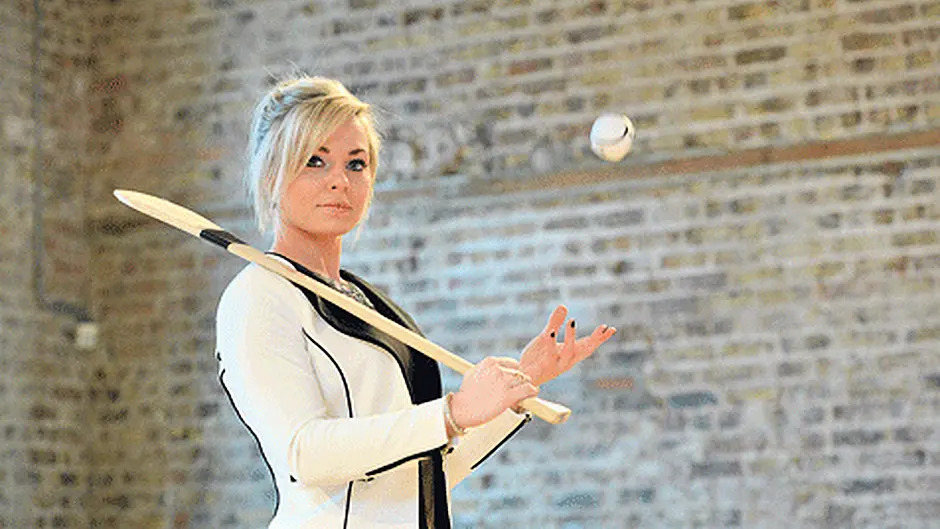LADIES' GAA club players in West Cork can benefit from the Women's Gaelic Players' Association (WGPA), according to Cork camogie captain Anna Geary
BY KIERAN McCARTHY
LADIES’ GAA club players in West Cork can benefit from the Women’s Gaelic Players’ Association (WGPA), according to Cork camogie captain Anna Geary.
An historic first for ladies’ GAA, the WGPA was officially launched on Tuesday in Dublin, with both Geary and Cork ladies’ footballer Valerie Mulcahy on the body’s Executive Committee.
This new sporting organisation will represent ladies’ football and camogie players who play for their counties at the highest level.
While that means that currently, as the WGPA is in its infancy, it does not represent all women GAA club players, Geary explained that all can benefit from its introduction.
‘The purpose of the WGPA is to improve the playing experience both on and off the pitch for ladies’ football and camogie players,’ the 2014 All-Ireland winning Cork camogie captain explained to The Southern Star.
‘Down the line that might be a goal (to represent all club and county players across the country) but it wouldn’t be possible right now.
‘Every inter-county player, including those from West Cork, are club players. If we can bring initiatives and change the standards that ladies’ footballers and camogie players are currently playing in, then that will hopefully filter to club level. Every small change for the better will help.
‘From a ladies’ football point of view in West Cork, any of those county players who are involved will be supported by the WGPA, once they are members. Ultimately, it’s going to mean that the discussion that will be triggered will trickle down and it’s going to help the club players too.
‘Some of those might be club players now but they could be future Cork county players down the road.
‘It’s about being a collective voice for ladies’ football and camogie players that we never had before. The more you are heard, the more chance you have of having changes made.’
Milford ace Geary, who on Monday was honoured with the AIB #TheToughest Provincial Club Camogie award for Munster, is confident that the WGPA will raise and address issues that are concerns to its members.
‘This highlights how far the women’s games have come. The WGPA is not trying to move mountains, we are not trying to change the core values of the GAA,’ four-time All-Ireland winner Geary said.
‘What we are trying to do is enrich the experience of the player both on and off the pitch. It’s about those small changes that can really help improve the current situation.
‘Even from the survey we held – and 600 players were involved – one third, 33 per cent, have regular access to hot showers after training. That means that two thirds don’t.
‘To think that 90 per cent of camogie players surveyed don’t have their hurleys paid for by their counties. Over 80 per cent felt overwhelmed and over 60 per cent have felt stressed as inter-county players. Just seven per cent received travel expenses.
‘These aren’t statistics. There are players behind these figures. Sixty per cent of players are out of pocket because of injury-related expenses. It’s not to say this isn’t heard of in the GAA but what we are trying to do is highlight these issues.’
The four-time All-Star added: ‘If I break my hurley playing for Cork I will not get a replacement whereas if I break a hurley with my club (Milford) I get a replacement. How is that the county can’t afford to do that but my club can? It’s about highlighting these issues. We are there now to support the players’ needs so that we can see an improvement across the board.’
The WGPA currently has over 400 members and, in 2015, will provide a Member Support Line and educational opportunities for players.
• For more see page 9.











